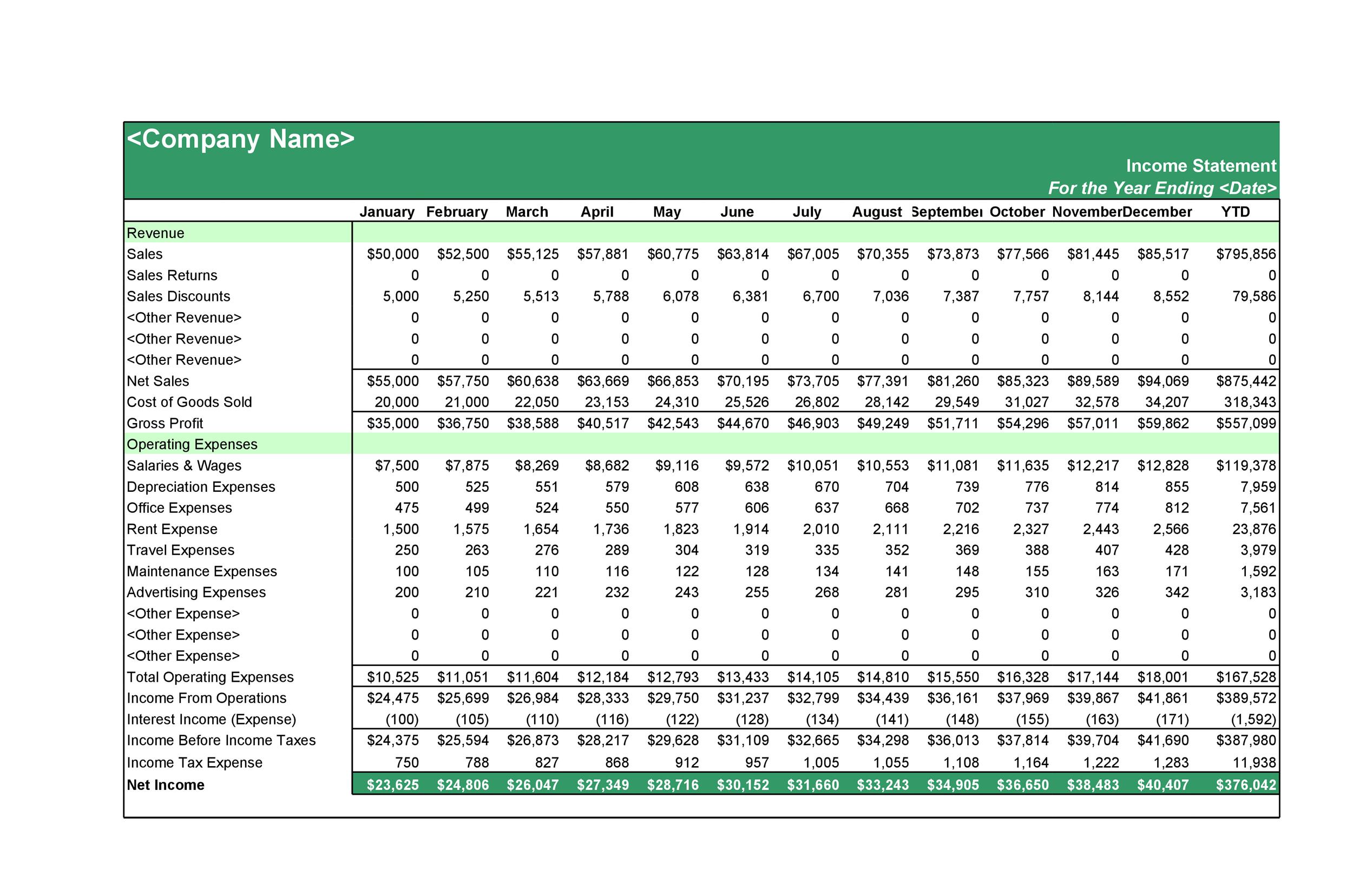

This tutorial will show you how to invoke the Goal Seek dialog box and fill in the values for your “what-if” scenario. Instead, there is a dedicated dialog box with defined fields. There is no such thing as an Excel Goal Seek formula. While you might think this feature can be used with the Excel formula bar, it can’t. It works in the background doing iterative calculations.

Then, rather than haphazardly changing original values to see the results, Goal Seek can find the answer. The goal of each of these questions is to change one data value to see if the YES percentage went over that two-thirds mark, or 67%. If 500 more people voted, could the YES voters have won?.How many more YES votes were needed to win the election?.This would allow you to answer these types of questions. Using Goal Seek, we can change the input value of one cell and see how the results change. People quickly realize they were close, but which item do they change to find out how close. In our example, the YES votes are a majority but shy of the required 2/3 approval to win the election.

There are other uses for it, too.įor example, you might be looking at your local election results and see: Decision The “what-if” analysis tool is often used in finance or sales scenarios, such as determining a monthly payment or bonus calculations. It’s sometimes called sensitivity analysis. You might look at these as “cause and effect” scenarios. Goal seek is a built-in function in Microsoft Excel that allows you to see which data item in a formula affects another.


 0 kommentar(er)
0 kommentar(er)
